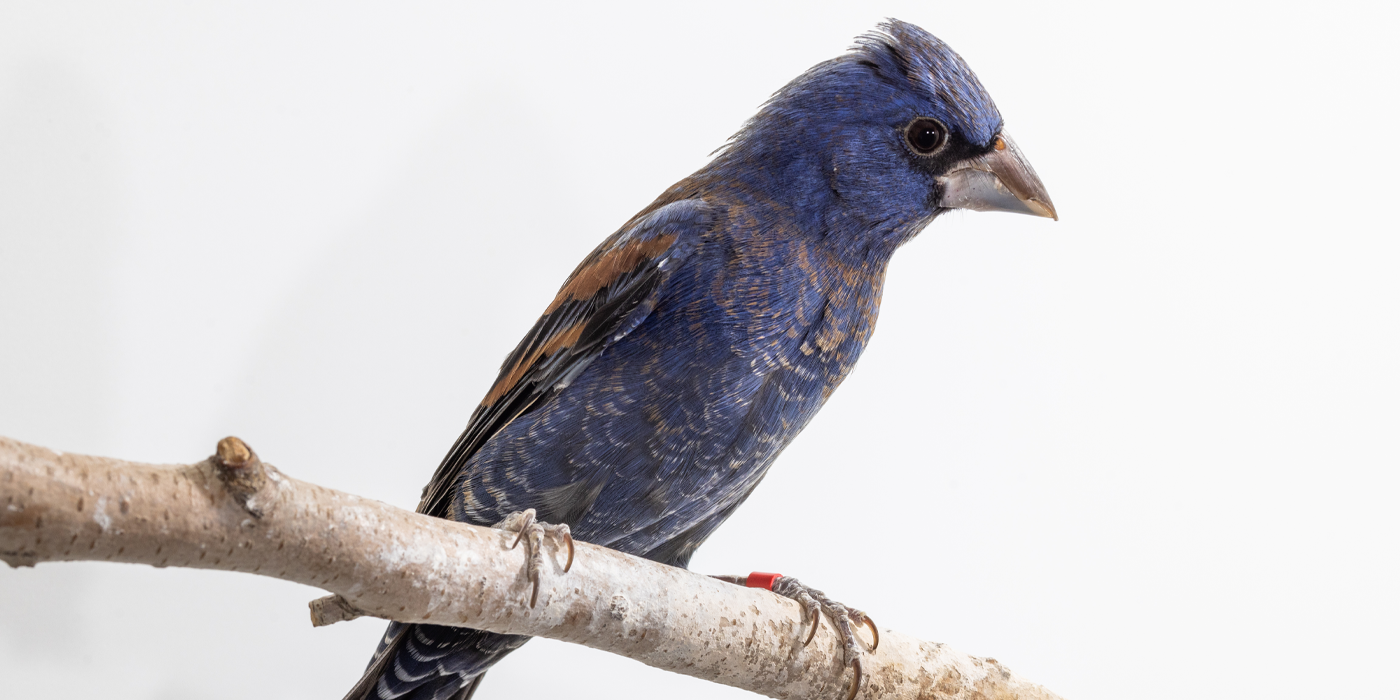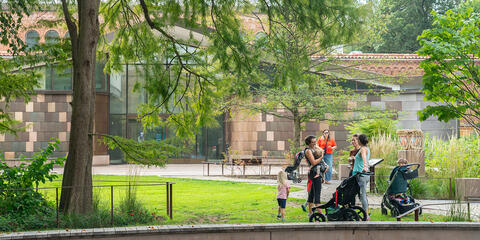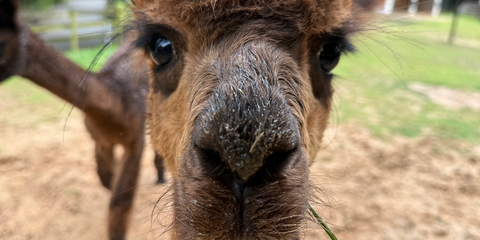A small bird with a big bill, the blue grosbeak is a North American songbird with a striking deep-blue color. Found throughout much of the southern United States, their rich, warbling song can be heard around thickets and hedgerows during the breeding season. Sometimes they will pop up to a high perch to flick and spread their tails.
Physical Description
Adult males are notable for their beautiful royal-blue coloring, with reddish-brown bar patterns on their wings and dark wings and tails. They also have a black "mask" pattern around their eyes, and dark gray bills that are proportionally large for their small heads. Females have a light reddish-brown coloring with a cinnamon-colored head, pale brown undersides, and dark brown wings and tails. Different subspecies have minor color variations.
Size
Adults are 5.9-6.3 inches (15-16 centimeters) long, with a wingspan of 11 inches (28 centimeters). They weigh about an ounce (28 grams).
Native Habitat
They are often found along forest edges, open clearings and roadsides. Migrants overwinter in weedy fields while year-round residents in Central America inhabit dry tropical forests and edges of woods.
During the breeding season, they can be found throughout the southern half of the United States and northern Mexico. Their wintering grounds include southern Mexico, Central America and the Caribbean, and very rarely in South America. They are a year-round resident in Central Mexico and the Pacific slope of Central America.
Communication
During the breeding season, males sing a rich warbling song. They also have a "chip" call that almost sounds like clinking metal.
Food/Eating Habits
Blue grosbeaks eat insects, invertebrates, and seeds. They are known to pick grains and seeds from farm fields.
Social Structure
Except when nesting, blue grosbeaks forage in flocks. They occasionally gather in flocks during migration or while foraging In fields. Overall, their species has a relatively low population density, so they are often found alone.
Reproduction and Development
They are thought to be monogamous, and each pair may raise two broods together in a single breeding season. They often build their nests in dense thickets and tangles of vines. Females lay between three and five bluish-white eggs in a cup-shaped nest hidden among shrubs or low trees. Females incubate the eggs which hatch after 11-12 days. Both parents will feed the nestlings, which fledge the nest about 10 days after hatching.
Conservation Efforts
Blue grosbeaks are heavily parasitized by cowbirds, which lay their own eggs in the grosbeak’s nests, ultimately destroying the blue grosbeaks' chance of reproduction.
Help this Species
- Be a smart consumer. Choose products made with sustainable ingredients, such as Smithsonian certified Bird Friendly coffees, which support farmers striving to limit their impact on wildlife and habitat.
- Choose your pets wisely, and do your research before bringing an animal home. Exotic animals don’t always make great pets. Many require special care and live for a long time. Tropical reptiles and small mammals are often traded internationally and may be victims of the illegal pet trade. Never release animals that have been kept as pets into the wild.
- Be a responsible cat owner, and keep cats indoors or under restraint when outside. Never release animals that have been kept as pets into the wild.
- Conservation starts with you! Join a citizen science project, such as FrogWatch or Neighborhood Nestwatch, where you can help collect valuable data for scientists. Encourage your friends and family to get involved too.
- Plant native flowers in your garden to help feed resident and migrating pollinators. You'll make your lawn beautiful and help wildlife at the same time!




